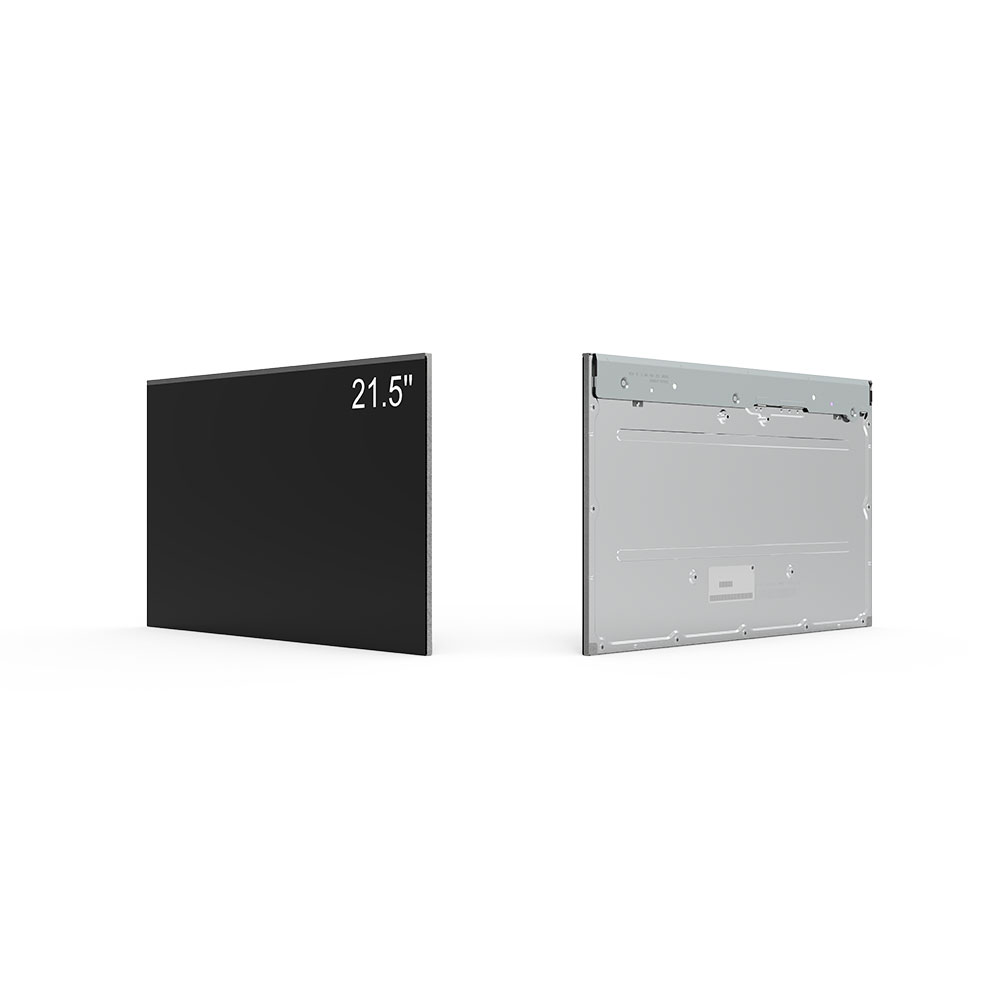- Home
- About Us
- Products
- News
- Video
- Contact
- Send Inquiry
Search
- Home
- About Us
- Products
- News
- Video
- Contact
- Send Inquiry

Outdoor LCD displays are essential in modern applications—from digital signage in public spaces to industrial monitoring systems and transportation kiosks. A critical factor determining their reliability and lifespan is the IP66 waterproof rating, a globally recognized standard defined by the International Electrotechnical Commission (IEC).
The IP (Ingress Protection) rating system classifies the degree of protection provided by electrical enclosures against solid objects (like dust) and liquids (such as water). The first digit indicates protection against solids, while the second denotes liquid resistance. An IP66 rating means the display is completely dust-tight (6) and protected against powerful water jets from any direction (6).
For outdoor environments—where exposure to rain, humidity, temperature fluctuations, and even salt spray (in coastal areas)—this level of protection is not just beneficial but necessary. According to industry data from the Society for Information Display (SID), over 70% of premature outdoor display failures are linked to moisture ingress or inadequate sealing. IP66-rated screens typically use sealed aluminum frames, gasketed joints, and conformal coatings on PCBs to prevent water penetration.
Manufacturers like LG, Samsung, and PHLX have adopted rigorous testing protocols aligned with IEC 60529 standards to ensure their outdoor LCD panels meet IP66 requirements under real-world conditions. For instance, in a 2023 case study conducted by PHLX at a busy airport terminal in Singapore, an IP66-rated display survived 12 months of continuous operation despite frequent heavy rains and high UV exposure, maintaining full brightness and touch responsiveness.

Importantly, IP66 does not mean "submersible"—it only ensures protection from splashing or jetted water, such as that from fire hoses or intense rainstorms. This distinction is crucial when selecting displays for specific environments like marine installations, where higher ratings (e.g., IP68) may be required.
From an engineering perspective, achieving IP66 involves meticulous design choices: using silicone-based seals instead of rubber for long-term durability, minimizing internal air pockets to avoid condensation, and implementing thermal management solutions that prevent moisture buildup. These measures collectively enhance the screen’s operational stability and reduce maintenance costs—a key concern for facility managers deploying large-scale outdoor digital signage networks.
In summary, choosing an IP66-rated outdoor LCD display is a strategic decision backed by both technical rigor and field-tested performance. It ensures your investment remains functional in challenging weather conditions, delivering consistent visual clarity and operational uptime year-round.